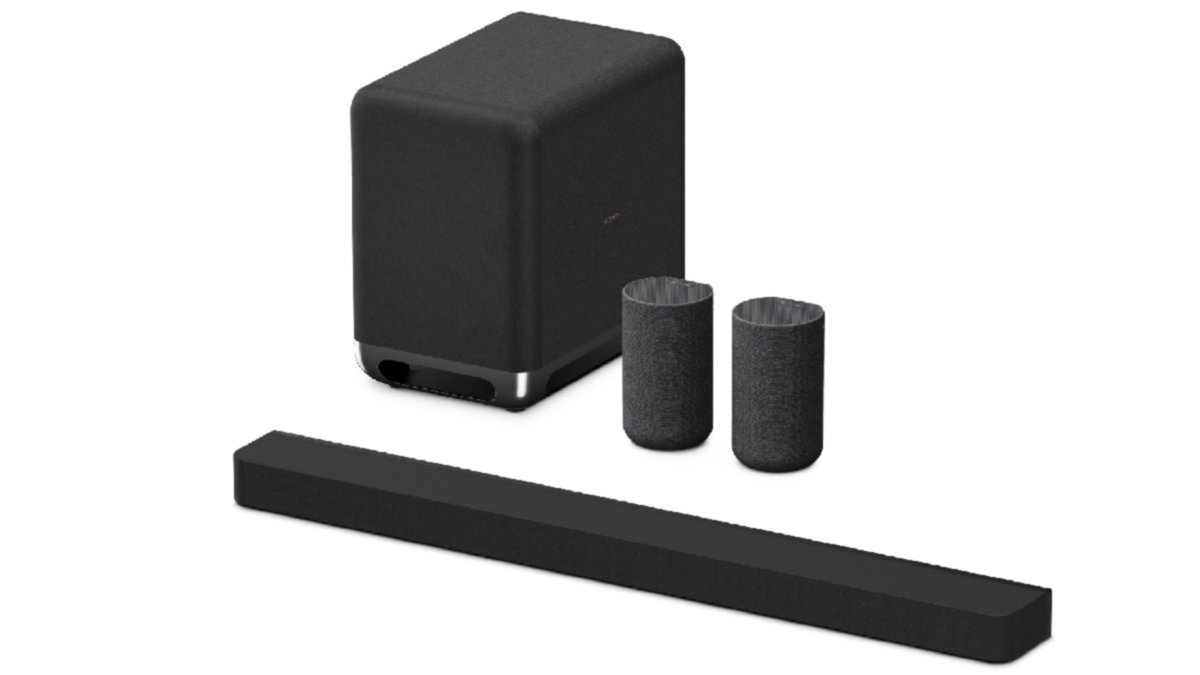Intel, along with other firms, has invested a substantial $44 billion in Oxide, a startup aiming to revolutionize on-premise and cloud servers through a minimalist design.
Oxide’s core mission centers on providing businesses the option to purchase, not just rent, cloud-facing servers, catering to those prioritizing on-premises IT infrastructure. The company uniquely combines this strategy with co-designing hardware and software tailored to the specific purpose.
Unlike the conventional “rack-and-stack” method, Oxide ships servers in a single box with everything pre-installed, eliminating the need for additional cabling and hardware. Notably, its servers lack hard-coded quotas for switching or routing, granting customers the flexibility to program the switch. Additionally, Oxide has innovatively replaced the baseboard management controller with a service processor, capable of handling power cycling and remote server management.
Revolutionizing Cloud Computing with Bare-Bones Servers
Oxide, a trailblazing company, introduced the concept of reequipping servers in 2019. Developing proprietary components and software, the firm manages workloads and networking efficiently.
Traditionally, servers integrate layers of software and hardware, distancing software from chipsets. Oxide’s innovative approach brings software closer to the silicon, challenging the norm.
Oxide CTO Bryan Cantrill highlighted the drawback of traditional switches, describing x86 as a “colostomy bag” on the side, incorporating unwanted elements.
While giants like Google, AWS, and Meta create lightweight servers, they’re only available for rent, not purchase. Unlike Dell and HPE, Oxide aims to fill the gap by offering barebones cloud servers for sale.
Oxide’s system utilizes AMD EPYC Milan CPUs in compute sleds, integrating memory, storage, and networking components. These servers serve as the foundation, handling tasks like VM management, and eliminating the need for third-party software like VMware or OpenStack.
Discover more from NewForTech
Subscribe to get the latest posts sent to your email.




